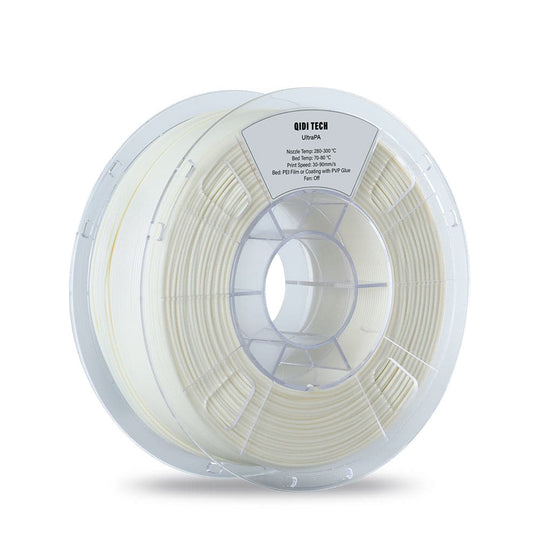In the world of 3D printing, choosing the right filament is crucial, especially when aiming to create intricate and detailed objects. The variety of filaments available can be overwhelming, but understanding their properties can help you make an informed decision. This article delves into the different filament options for creating detailed 3D prints, ensuring you achieve the best results for your projects.

PLA: The Go-To Filament for Detailed Prints
Polylactic Acid (PLA) is one of the most popular filaments for 3D printing detailed objects. It is known for its ease of use, low warping, and ability to produce high-quality prints with fine details. PLA is biodegradable and available in a wide range of colors, making it a versatile choice for various applications.
PLA is often recommended for beginners due to its forgiving nature and excellent print quality.
ABS: Durable and Versatile
Acrylonitrile Butadiene Styrene (ABS) is another commonly used filament, known for its strength and durability. While it requires a heated bed and emits fumes during printing, ABS is ideal for creating functional parts that need to withstand higher temperatures and mechanical stress. However, achieving fine details with ABS can be challenging due to its tendency to warp.
PETG: The Best of Both Worlds
Polyethylene Terephthalate Glycol (PETG) combines the ease of printing of PLA with the durability of ABS. It is less prone to warping and produces strong, detailed prints. PETG is also food-safe and resistant to chemicals, making it suitable for a variety of applications, including household items and mechanical parts.
Specialty Filaments for Intricate Details
For those looking to push the boundaries of detail and complexity, specialty filaments offer unique properties that can enhance your 3D prints:
- TPU (Thermoplastic Polyurethane): Known for its flexibility and elasticity, TPU is perfect for creating objects that require a rubber-like texture.
- Nylon: Offers excellent strength and durability, making it ideal for functional parts that need to withstand wear and tear.
- Wood Filament: Composed of a mixture of PLA and wood fibers, this filament gives prints a wood-like appearance and texture.
Choosing the Right Filament for Your Project
When selecting a filament for 3D printing detailed objects, consider the following factors:
- Print Quality: Choose a filament that can produce high-resolution prints with fine details.
- Material Properties: Consider the strength, flexibility, and durability required for your project.
- Ease of Use: Some filaments are easier to print with than others, especially for beginners.
For example, the PLA Filament from XYZ Printing is an excellent choice for detailed prints due to its high-quality finish and ease of use.
Conclusion
Choosing the right filament is essential for achieving the best results in 3D printing detailed objects. Whether you opt for PLA, ABS, PETG, or specialty filaments, understanding their properties and applications will help you make an informed decision. By considering factors such as print quality, material properties, and ease of use, you can select the perfect filament for your intricate 3D printing projects.
For a visual guide on selecting the right filament, check out this video tutorial from XYZ Printing.
References




